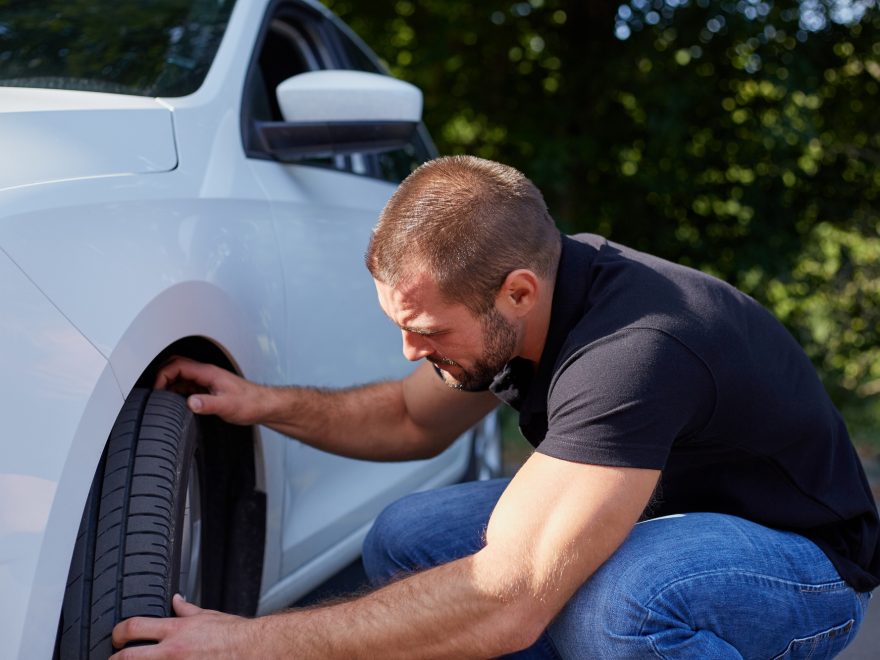Have you ever felt lost at the auto repair shop?
You know the feeling. An auto mechanic tries to explain what’s wrong with your car and it seems like he’s speaking a foreign language. Even worse, you have no idea whether or not they’re charging you a fair price for repairs.
The average American spends around $817 annually on car repairs. But you don’t have to call your nearest tow truck next time your car won’t start. By learning a few basics, you can fix up your car and keep it humming along for years to come.
Working on and restoring a car is one of the most full-filling hobbies one can get into, but how exactly do you start? Check out this beginner-friendly guide on fixing cars that even the most novice learner can understand!
Get the Basics
You can’t start fixing a car without the basics.
No mechanic is complete without a reliable set of tools. Purchase a beginner’s set of tools that includes essentials like screwdrivers and cutting pliers. You’ll also want to get a jack, some oil, and wrenches.
Once you get your tools, it’s time to start learning about cars. Invest in a car repair manual to get advice on performing basic maintenance. Find a manual specific to your make and model at a nearby auto shop.
Simple Fixes
Have you ever changed your oil? What about checking your tire pressure?
There are a number of simple fixes you can perform from the friendly confines of your garage. You may not be able to handle huge projects, but you can still save money and perform basic maintenance at home.
Make sure you have your repair manual handy and get to work. Some of the best tasks to learn include changing headlight bulbs, plugging tires, and changing your oil.
You should also know how to handle emergency maintenance. Learn skills like jump-starting a dead battery or changing a tire.
Your tires are some of the easiest parts to maintain. Do routine inspections on your tire pressure and tread depth. You can also rotate your tires every 3,000-7,000 miles.
Warning Signs
Routine maintenance is just the beginning. You need to be able to identify the warning signs in order to keep your car running. Thankfully, there’s no shortage of ways to tell if your car needs fixing.
Checking the fluid is one of the best ways to tell if you have transmission problems. Transmission fluid is red, coolant is green or pink, and power steering fluid is yellow. Look at the color to determine what part of your car needs fixing.
You may also need to fix your car if your exhaust is emitting smoke. Dark smoke is a warning sign that your engine valve is malfunctioning. Is your car making unusual sounds? It might be low on power steering fluid. Take care of the problem soon.
More Advice on Fixing Cars
Repair your car before it’s too late! Be on the lookout for warning signs to avoid long-term problems.
Are you looking for more advice on fixing cars? We can help.
Read more articles from our auto repair blog to learn more about car maintenance today!

